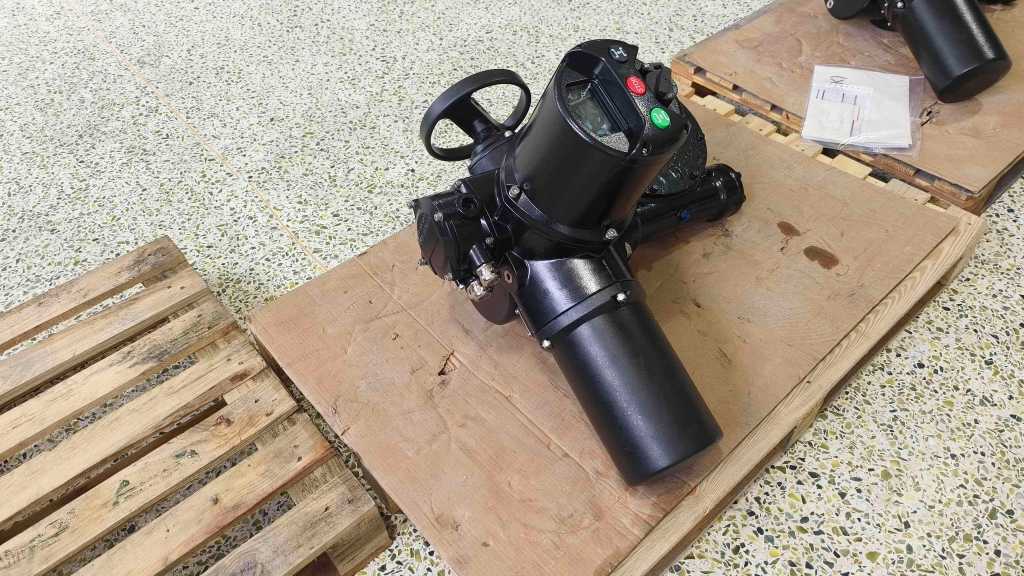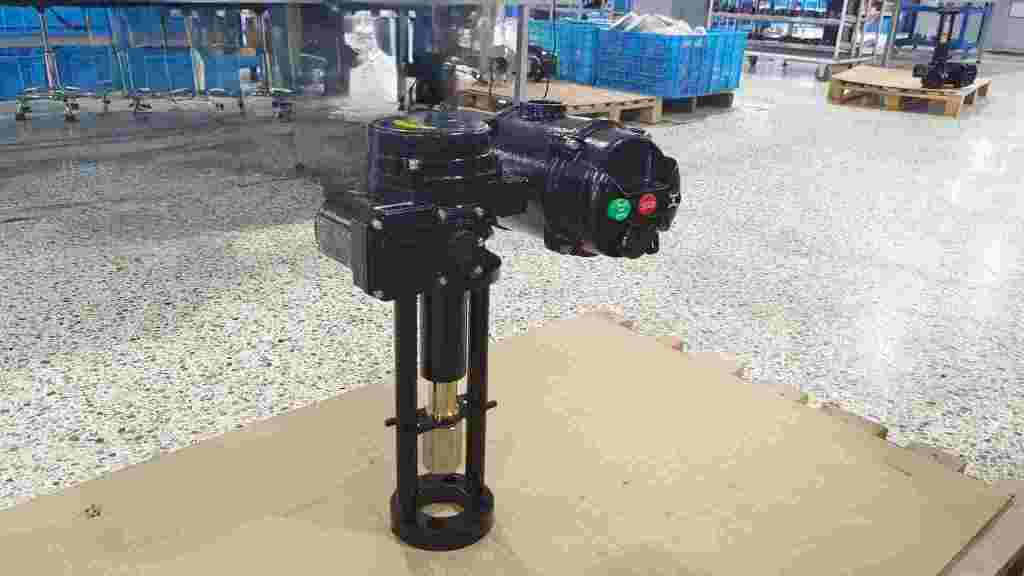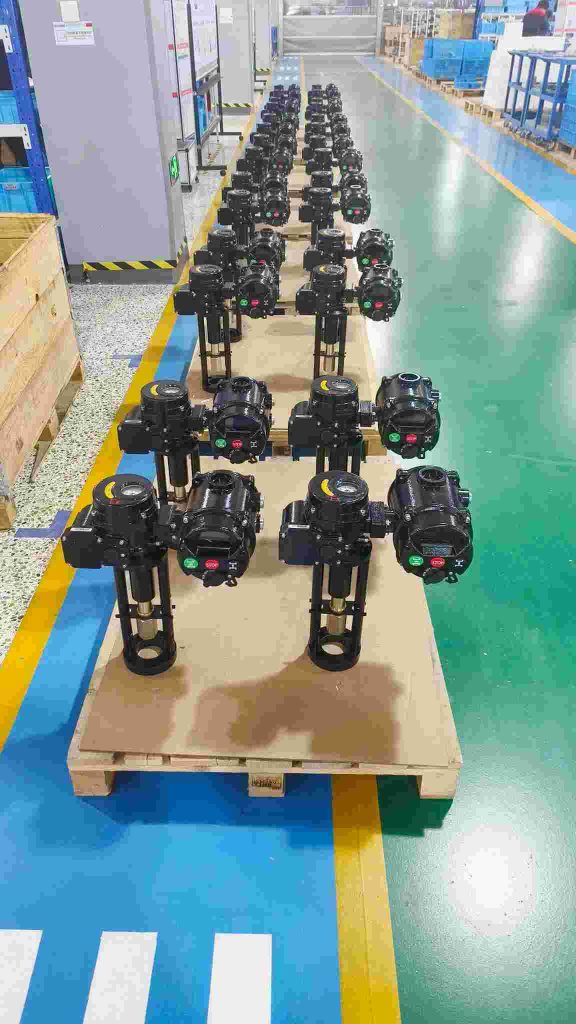Intelligent integrated actuators are transforming the landscape of automation, providing businesses and industries with more efficient, precise, and adaptable solutions. These advanced systems combine actuators, sensors, controllers, and communication interfaces into a single compact unit, offering significant improvements over traditional actuator designs. The integration of intelligence into actuators makes them not only responsive to control signals but also capable of processing information, enabling them to make decisions, optimize performance, and adapt to dynamic environments. This article explores the key features, applications, and future potential of intelligent integrated actuators.

What is an Intelligent Integrated Actuator?

An actuator is a device that moves or controls a system or mechanism by converting electrical, hydraulic, or pneumatic energy into motion. Traditional actuators require external controllers, sensors, and power sources to operate effectively. However, an intelligent integrated actuator takes this concept to the next level by embedding sensors, control systems, and communication capabilities directly into the actuator itself. These smart actuators typically consist of several components: Actuation Mechanism: This is the part responsible for providing the motion, which can be electric, pneumatic, or hydraulic.
